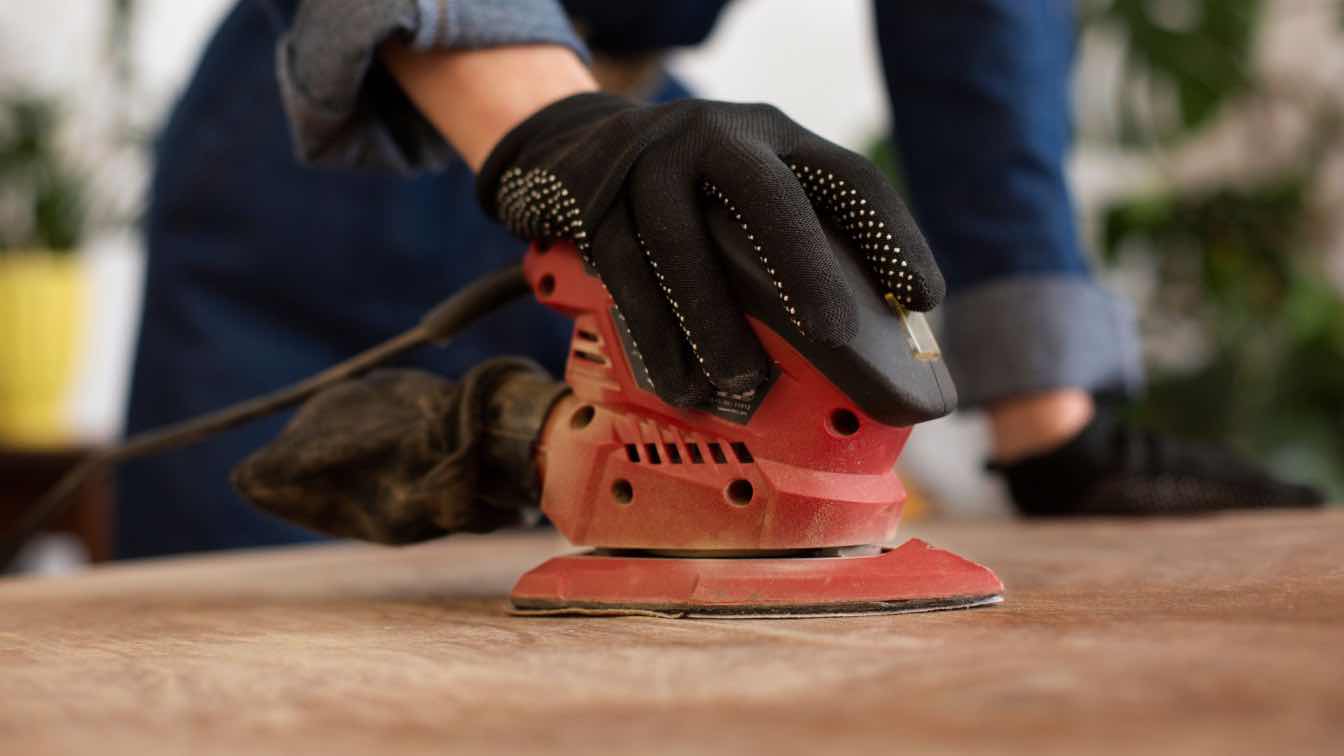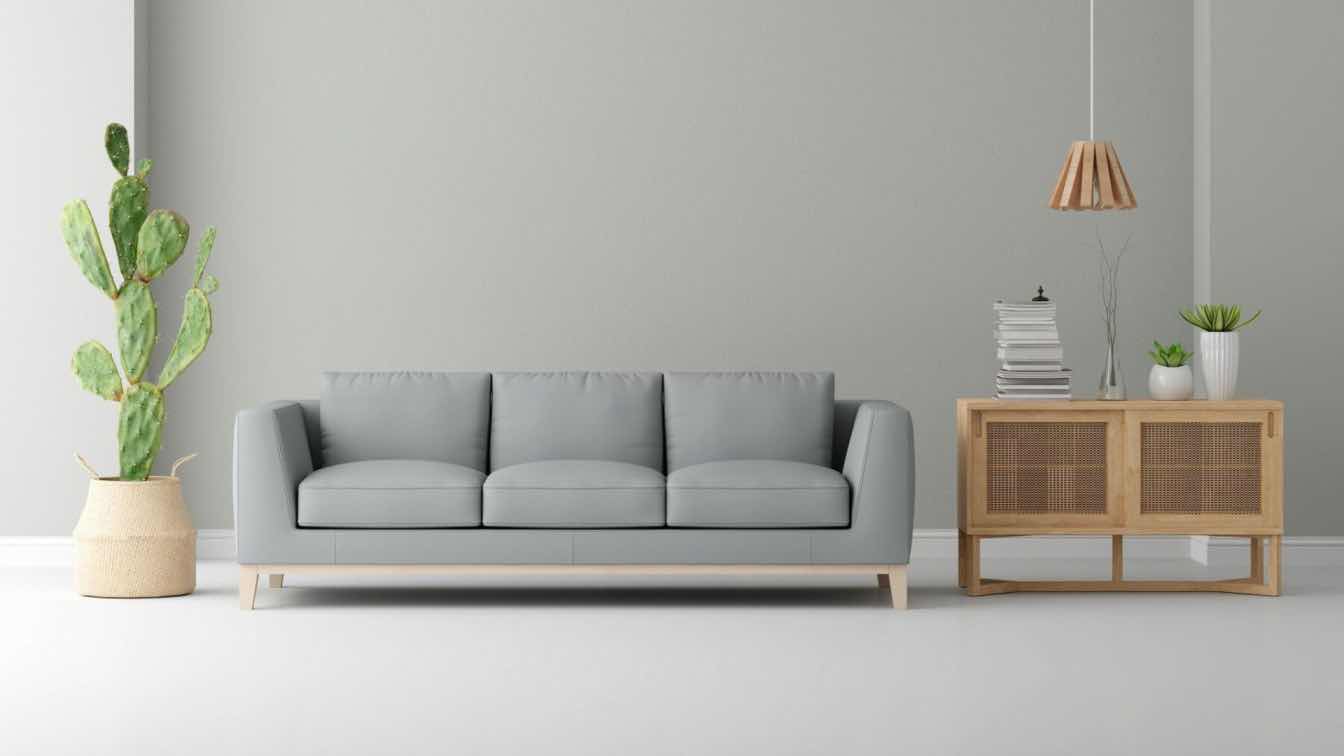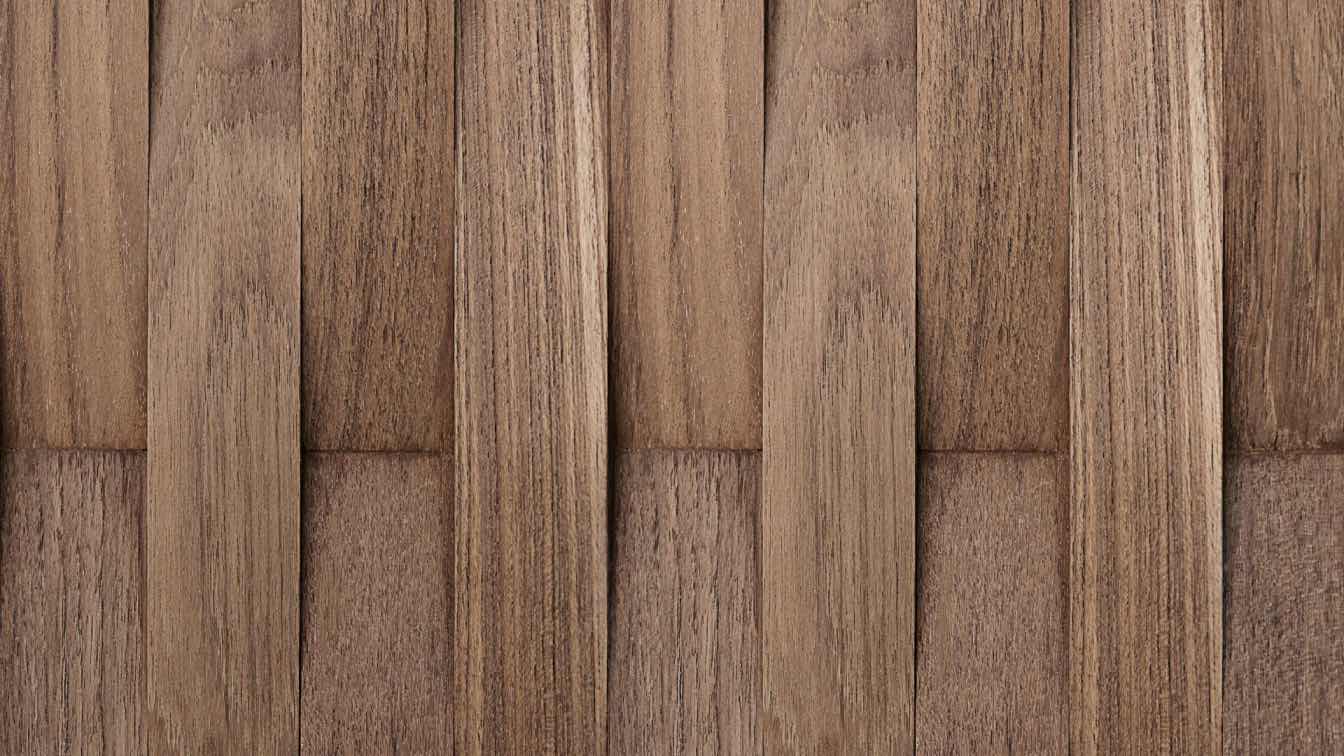In the dynamic world of home improvement and restoration, floor sanding stands as a testament to the blend of tradition and innovation. As we look toward the future, emerging trends and predictions in floor sanding are shaping the way homeowners and professionals approach this essential task. In this article, we delve into what the future holds for floor sanding, examining the trends and technologies that are set to redefine this age-old practice.
Technological Advancements in Floor Sanding
Technological advancements are transforming the field of floor sanding, marking a significant revolution in the methods and approaches used by both professionals and DIY enthusiasts. These innovations are not only elevating the efficiency and effectiveness of the task but also making floor sanding services more accessible and environmentally friendly. Such progress is especially notable in the USA, where the adoption of cutting-edge technologies is reshaping the standard and quality of floor sanding services. These technological enhancements are improving not only the process but also the results, and they are being increasingly adopted by providers of floor sanding services in New Jersey. Let's delve deeper into these advancements and examine their impact on the industry.
Dustless Sanding Systems
One of the breakthroughs is the introduction of dustless sanding systems. Unlike traditional sanders, these advanced machines are equipped with vacuum systems that capture dust at the source, drastically reducing airborne particles. This technology not only creates a cleaner working environment but also minimizes health risks associated with inhaling wood dust.
Advanced Abrasives
The evolution of sanding materials is also noteworthy. Modern abrasives are designed to last longer and work more efficiently. Manufacturers are producing a variety of grits and types of sandpaper that are better suited for different types of wood and finishes, allowing for a more tailored approach to each project.
Automated Sanding Machines
Automation is beginning to find its place in floor sanding equipment. These machines can be set to operate at precise speeds and pressures, ensuring a consistent finish across the entire surface. This level of precision is particularly beneficial in commercial projects where uniformity is paramount.
Smart Technology
Integration of smart technology into sanding equipment is on the horizon. These innovations could include features like sensors that detect the type of wood and automatically adjust the sanding method or pressure, accordingly, thereby optimizing the process and reducing the risk of damage to the floor.
Eco-Friendly Solutions in Floor Sanding
As environmental awareness increases, the floor sanding industry is adapting to more eco-friendly solutions. Here are some key areas of focus:
Non-Toxic Finishes and Sealants
There is a growing trend towards using finishes and sealants that are free from harmful chemicals like Volatile Organic Compounds (VOCs). These eco-friendly products not only reduce environmental impact but also improve indoor air quality, making spaces safer and healthier.
Sustainable Sanding Practices
Sustainable practices in floor sanding involve more than just the end products; it also encompasses the entire process. This includes using equipment that consumes less energy and adopting methods that extend the life of the flooring, thereby reducing the need for frequent replacements and conserving natural resources.
Recycling Wood Dust
Innovative practices are also being developed for the disposal of wood dust, a by-product of sanding. Instead of treating it as waste, there are efforts to recycle and repurpose wood dust for various uses, such as creating composite materials or as a soil amendment in gardening, contributing to a circular economy.
Water-Based Products
The shift towards water-based sanding products is another significant trend. Unlike their solvent-based counterparts, water-based varnishes and stains emit lower levels of toxic fumes and are less flammable, making them safer for both the environment and the users.
Customization and Personalization
The trend towards customization and personalization in floor sanding is a reflection of a broader shift in consumer preferences towards bespoke and unique home features. As homeowners seek to express their individuality through their living spaces, the floor sanding industry is adapting to meet these demands with innovative techniques and finishes.
Creative Patterns and Textures: Advances in sanding technology allow for the creation of intricate patterns and textures on wooden floors. This can include geometric designs, inlaid patterns, or even a distressed look that adds character to the wood.
Mixed Media Applications: Incorporating different materials such as metals or inlays of other wood types into the flooring design is becoming increasingly popular. This approach allows for a unique floor that can be a centerpiece of a room's design.
Color Treatments: Beyond the natural hues of wood, there is a growing interest in colored treatments. This includes stains and dyes that can range from subtle pastels to bold, vibrant colors, allowing homeowners to match their floors with the overall color scheme of their homes.
Eco-Friendly Finishes: Customization also extends to the types of finishes used. There is a significant shift towards eco-friendly and sustainable options, such as water-based finishes and natural oils, which offer a lower environmental impact while still providing durability and aesthetic appeal.
Automation and AI
The introduction of automation and artificial intelligence (AI) in floor maintenance, specifically in the sanding process, is a trend set to dramatically change the industry.
Automated Machines: Future innovations are likely to feature machines capable of autonomously navigating rooms. These devices will adjust their operations based on floor conditions, ensuring consistent results while minimizing human errors.
AI-Assisted Floor Analysis: AI's role in evaluating floor conditions will be significant. It will be able to detect issues like uneven wear, damage, or rot, and suggest the best approach for each specific scenario.
Predictive Maintenance of Equipment: AI's predictive capabilities will also be vital for maintaining the equipment itself. It will predict when parts need replacement or servicing, thus improving efficiency and reducing downtime.
Enhanced Training and Education
As the floor sanding industry evolves, so does the need for skilled professionals who are up to date with the latest techniques and technologies.
Specialized Training Programs: These programs will likely focus on advanced sanding techniques, the use of new equipment, and the application of creative finishes. This training will ensure that professionals can meet the increasing demand for customized flooring solutions.
Safety and Sustainability Education: Training will also encompass safety measures to protect both the workers and the environment. This includes the proper handling of eco-friendly materials and the operation of dustless sanding systems.
Certifications and Qualifications: Recognized certifications in advanced floor sanding techniques will become more prevalent, providing a benchmark for quality and expertise in the industry. This will give consumers confidence in the professionals they hire and ensure a high standard of work.
Final Thoughts
The future of floor sanding is marked by a harmonious blend of tradition and innovation. With advancements in technology, a focus on sustainability, personalized finishes, potential automation, and enhanced professional training, the industry is set to evolve in ways that offer better results, greater efficiency, and more environmentally friendly options. As these trends continue to develop, floor sanding will not only preserve its essential role in home improvement but also embrace a new era of possibilities.





